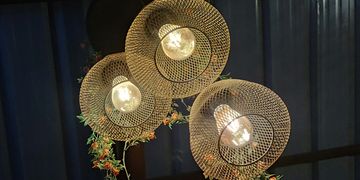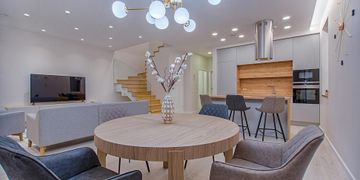Lighting: The Art of Creating Perfect Illumination
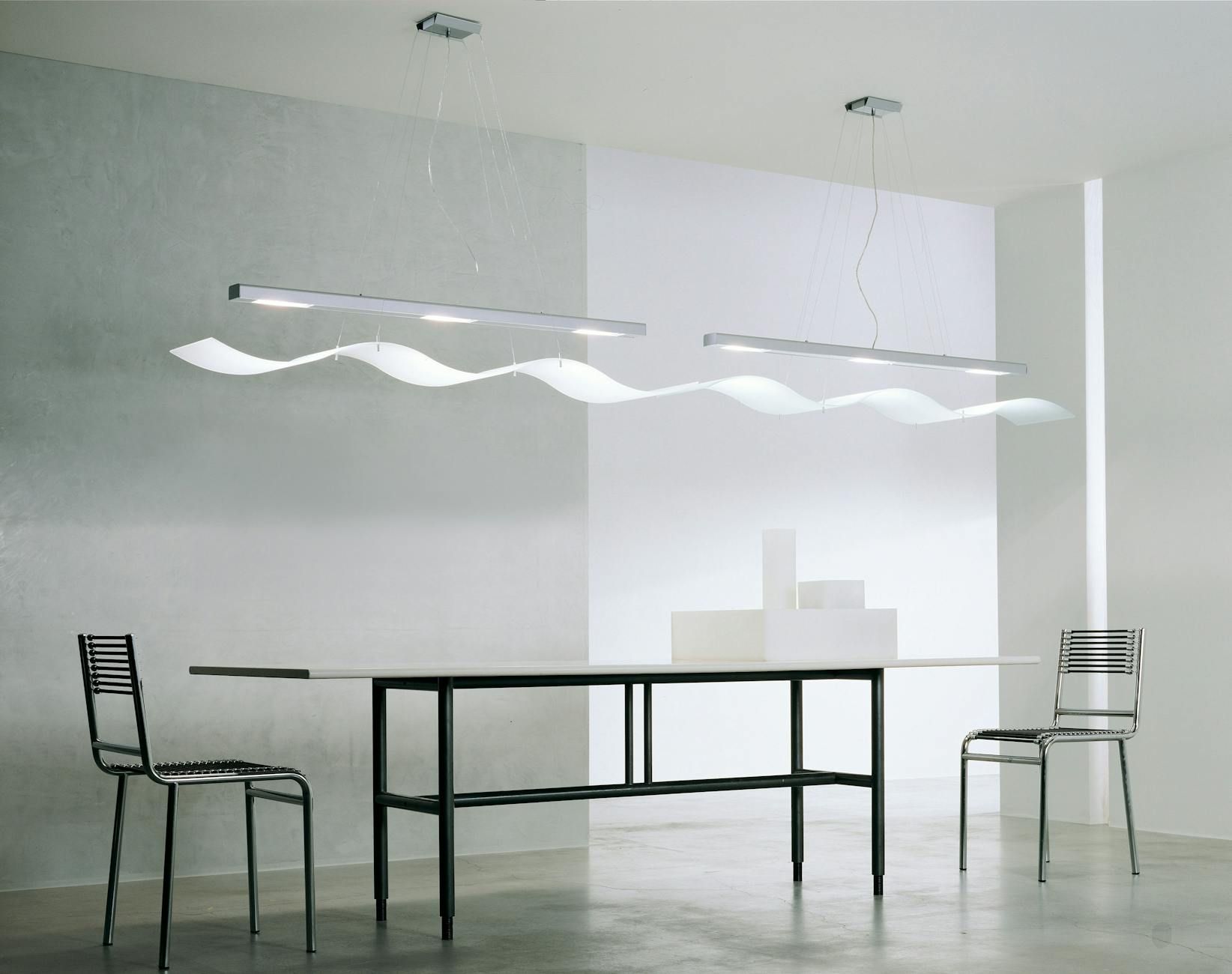
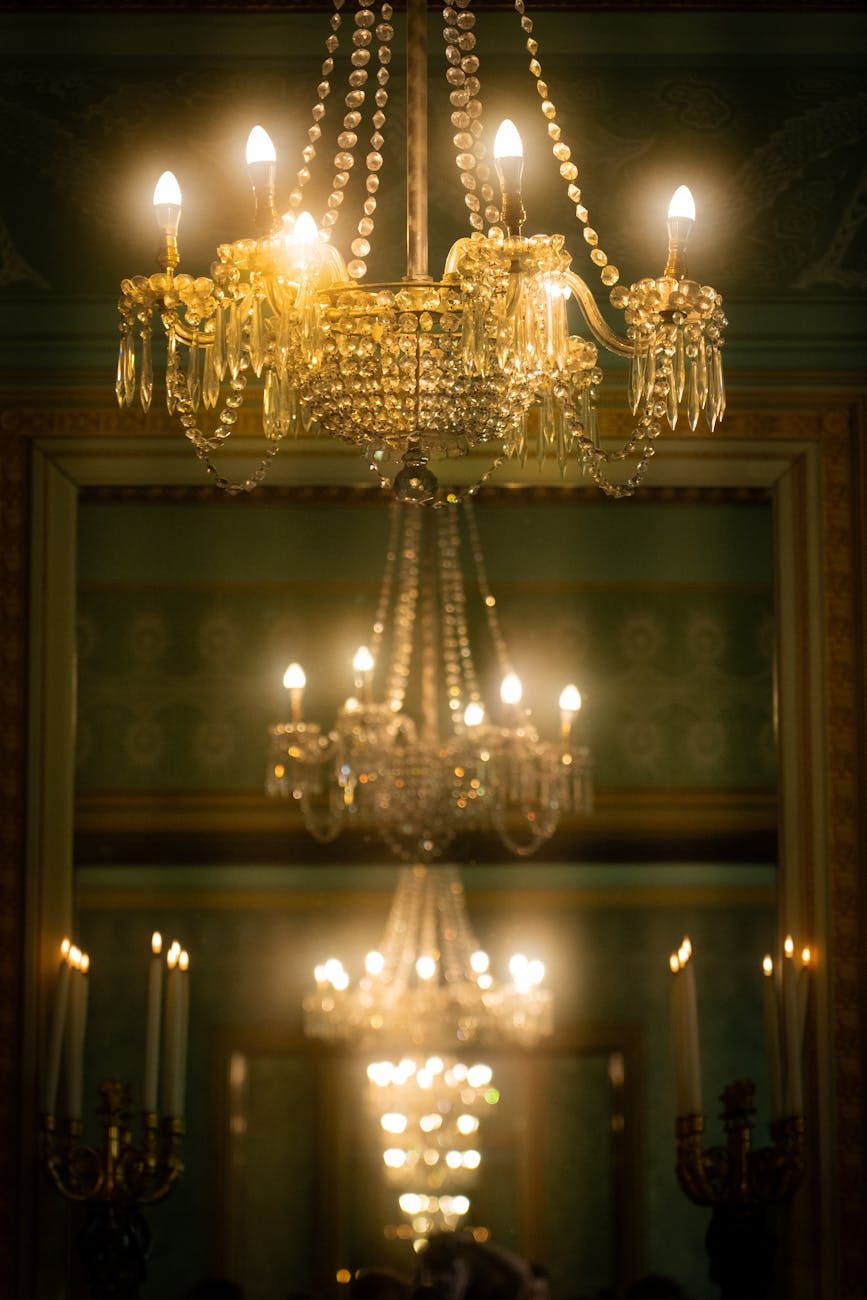
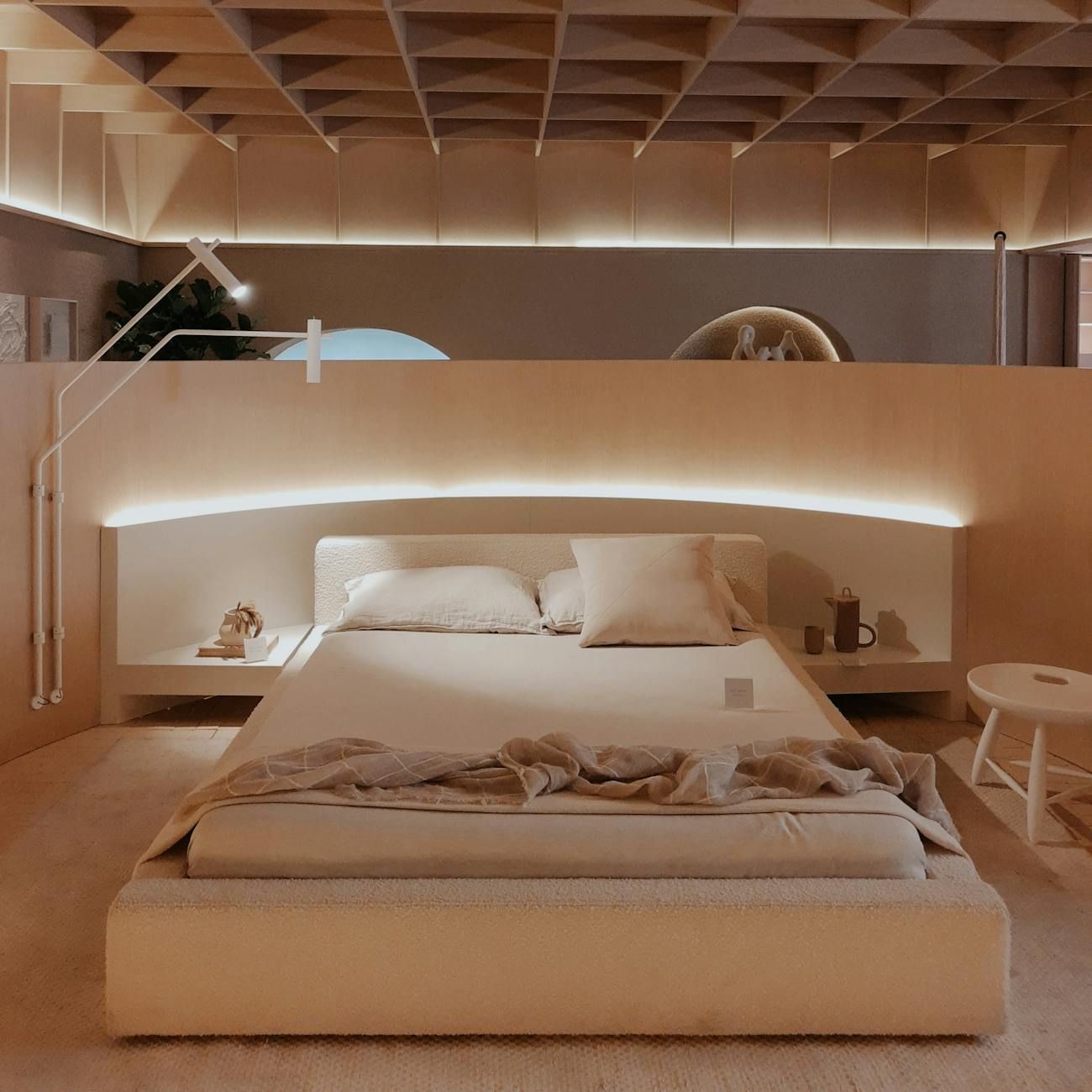
The Art of Light has the power to transform spaces and evoke emotions. It plays a crucial role in creating the perfect atmosphere and enhancing the overall design of a room. Lighting is not just about illuminating a space; it is an art form that requires careful consideration and planning to achieve the desired effect.
Lighting design is a key element of interior design and architectural projects. It involves more than just choosing the right fixtures and bulbs; it is about understanding how light interacts with different surfaces and textures to create visually appealing spaces. The use of light can highlight architectural features, create focal points, and define the mood of a room.
When it comes to creating the perfect illumination, there are various lighting solutions available to designers and architects. From ambient lighting to task lighting to accent lighting, each type serves a specific purpose in enhancing the aesthetics and functionality of a space. By carefully combining these different lighting techniques, designers can create dynamic and visually captivating environments.
Atmosphere Through Light is a concept that emphasizes the importance of light in setting the mood and ambiance of a space. The color temperature, brightness, and distribution of light can all influence how people perceive and experience a room. By playing with these elements, designers can create spaces that are inviting, intimate, energizing, or relaxing.
Advancements in Lighting Technologies have revolutionized the way we approach lighting design. LED lighting, for example, offers energy-efficient solutions that are both versatile and customizable. With the ability to control color temperature and intensity, designers have more flexibility in creating different light effects to suit the needs of their projects.
Architectural Lighting is another aspect of lighting design that focuses on illuminating the structural elements of a building. By carefully planning the placement and direction of lights, architects can highlight textures, shapes, and volumes to create visually stunning spaces. Architectural lighting can transform the perception of a space both during the day and at night, adding a new dimension to the design.
Lighting plays a significant role in creating Light Effects that can enhance the overall aesthetics of a space. By using techniques such as shadowing, grazing, and backlighting, designers can create depth, drama, and visual interest in their projects. Light effects add a layer of sophistication and creativity to the design, making it more visually engaging and memorable.
In conclusion, the art of creating perfect illumination goes beyond simply lighting up a space. It involves understanding the interplay of light, shadow, color, and texture to create dynamic and visually appealing environments. By leveraging the latest lighting technologies and techniques, designers and architects can transform spaces and evoke emotions through the power of light.



